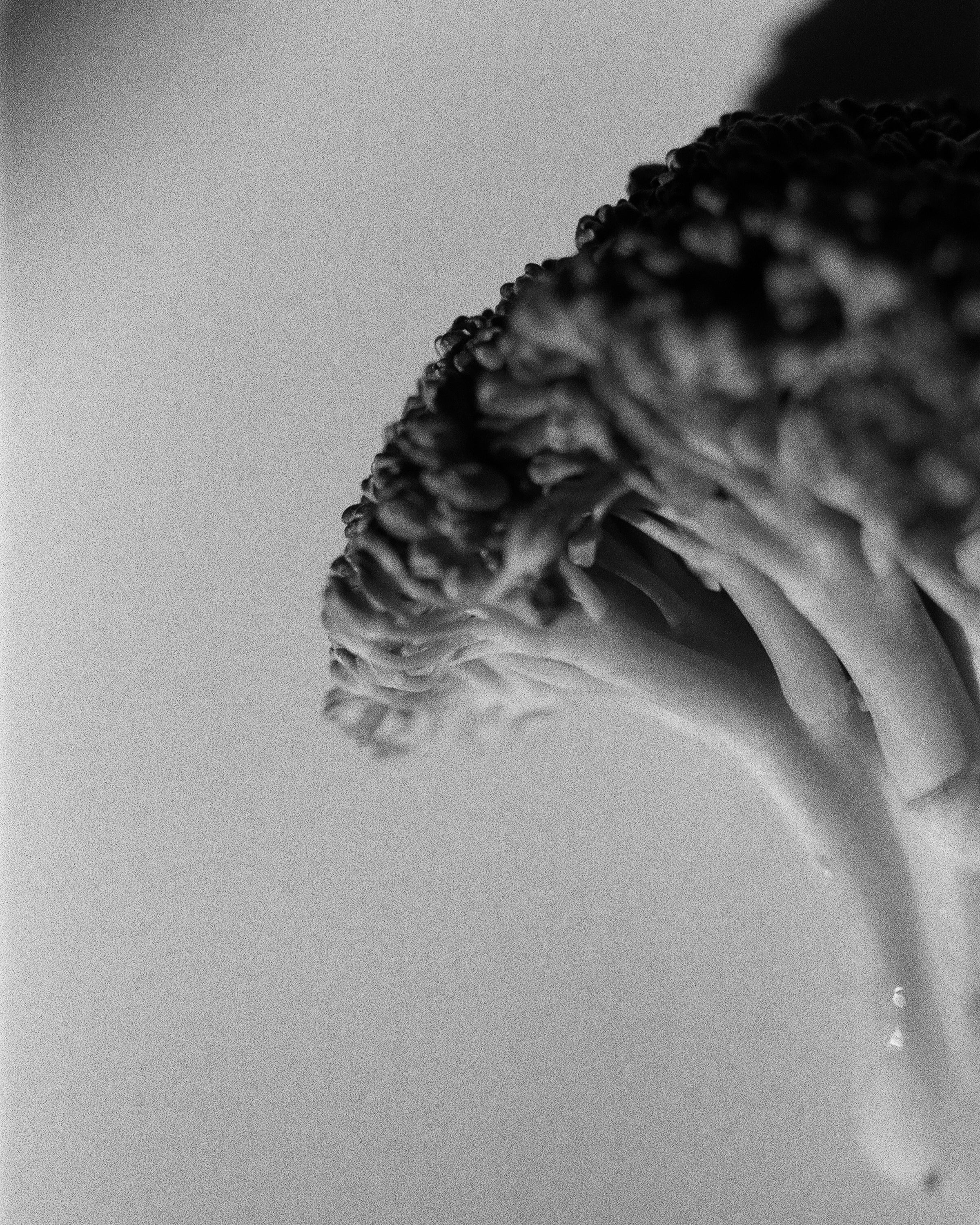Fall’s a beautiful time to immerse yourself in nature by gathering and connecting with herbs. Harvesting herbs from the garden or setting out to forage wild herbs are both ways to spark the energy of nature within.
Rosemary (Salvia rosmarinus)
A sturdy, aromatic, evergreen herb that thrives well into the fall months and only stops growing when frost arrives. Rosemary’s a lovely addition to any well-being, aromatherapy routine as research has shown that it can boost memory, increase energy, and support brain health. It’s even demonstrated an affinity for hair regrowth. You’ll mostly find this spikey, hardy herb thriving in gardens where sprigs can be snipped, dried, and added to a flavorful cold weather recipe.
Calendula (Calendula officinalis)
Bright, delightful calendula. A gift from the sun and an immediate skin-soother. Calendula’s another garden-dweller whose colorful blooms last into the Fall months. The florets can be used dry or fresh and an oil infusion does wonders for puffy, red, and sensitive skin.
Rosehips (Rosa spp.)
With cold temperatures on the rise, rosehips are magical allies during this time of year. Rosehips are packed full of vitamin C and don’t take much effort to wildcraft. They can be used in teas (for an immune-supporting boost), jellies, and oils as their dense fatty acid content, antioxidants, and vitamins moisturize and encourage skin regeneration.
Elderberries (Sambucus nigra)
Delicious and health-enhancing, Sambucus nigra or black elderberries make a show-stopping syrup that boosts the immune response and keeps bugs at bay during winter. You can find elder shrubs in woodlands, hedgerows, and disturbed areas, just be sure to forage blue or black elderberries, and dry or cook them before consuming. Take care as raw elderberries contain cyanide and can be toxic when eaten.
A regional plant ID book is a useful resource when learning how to wildcraft as it’s highly important to properly identify a plant before consuming it. If you decide to enjoy a foraging adventure, avoid plants that’ve been sprayed by chemicals, those that dwell by the roadside, and be conscious about never overharvesting wild plant populations.

